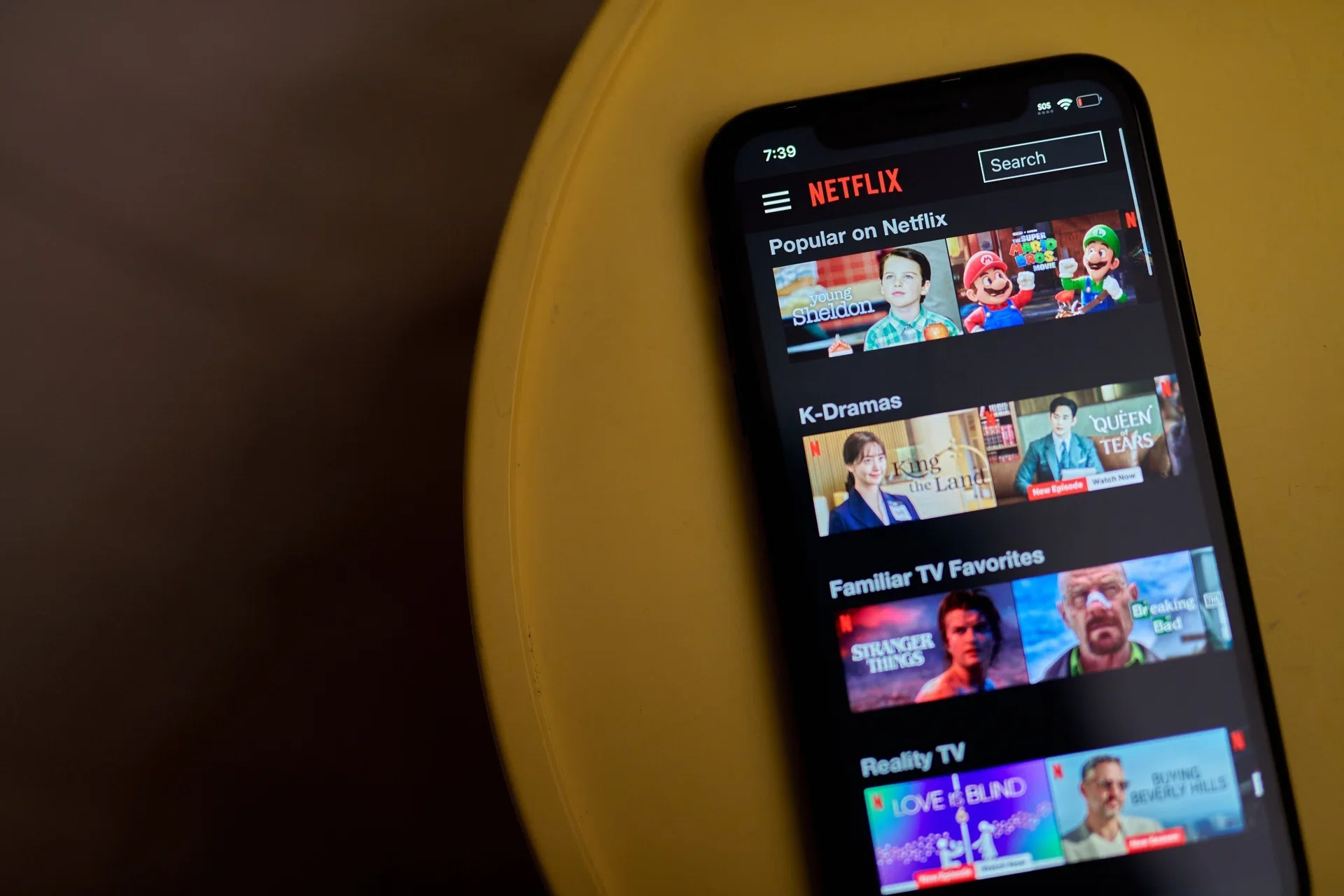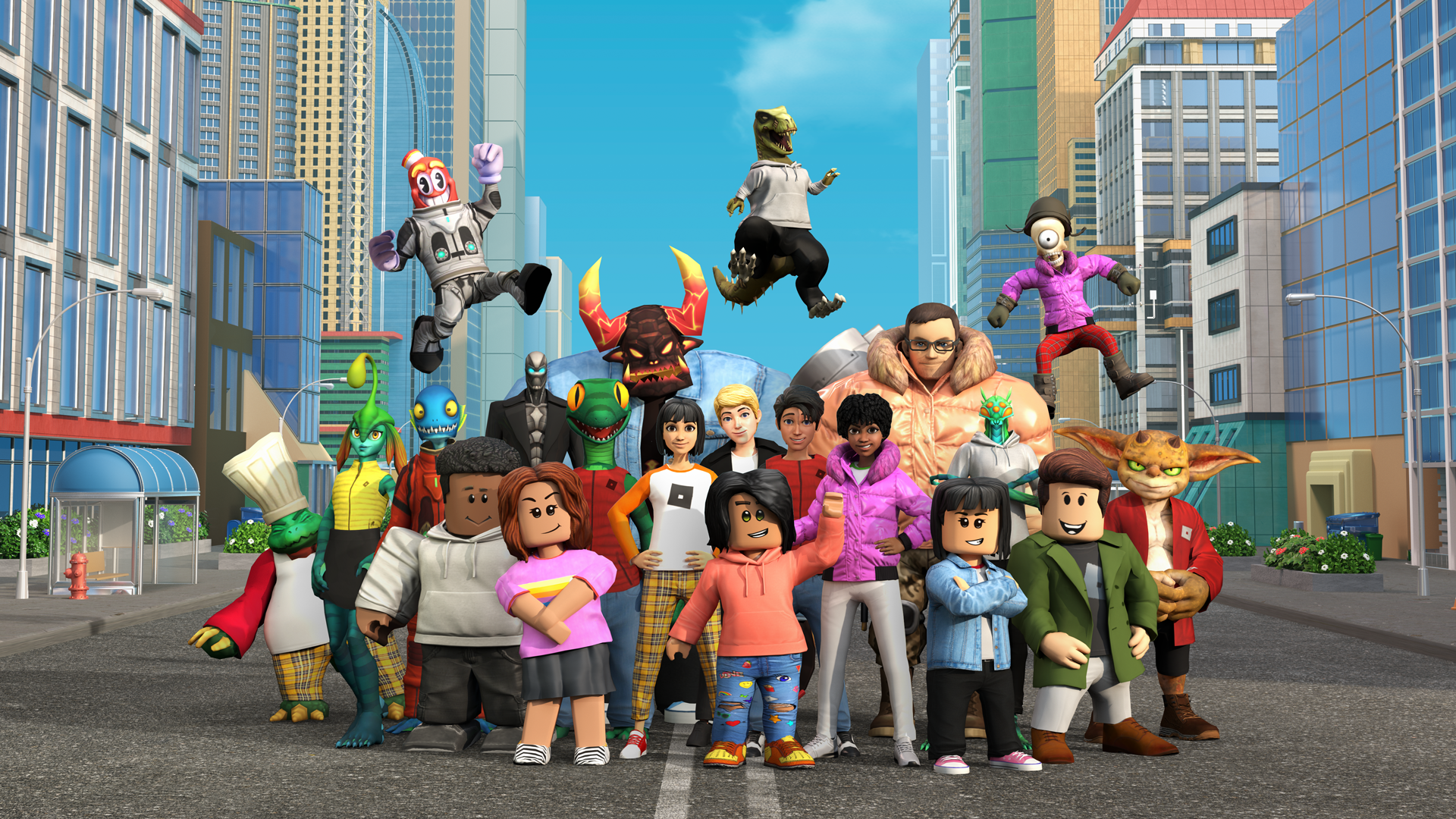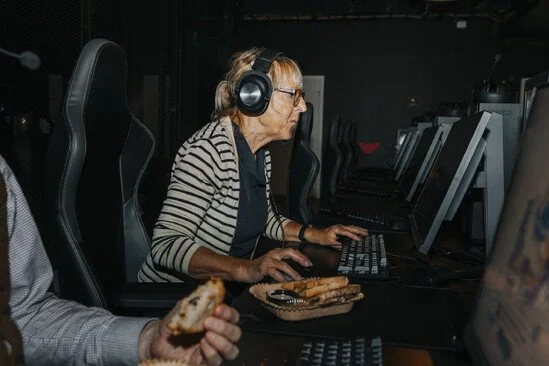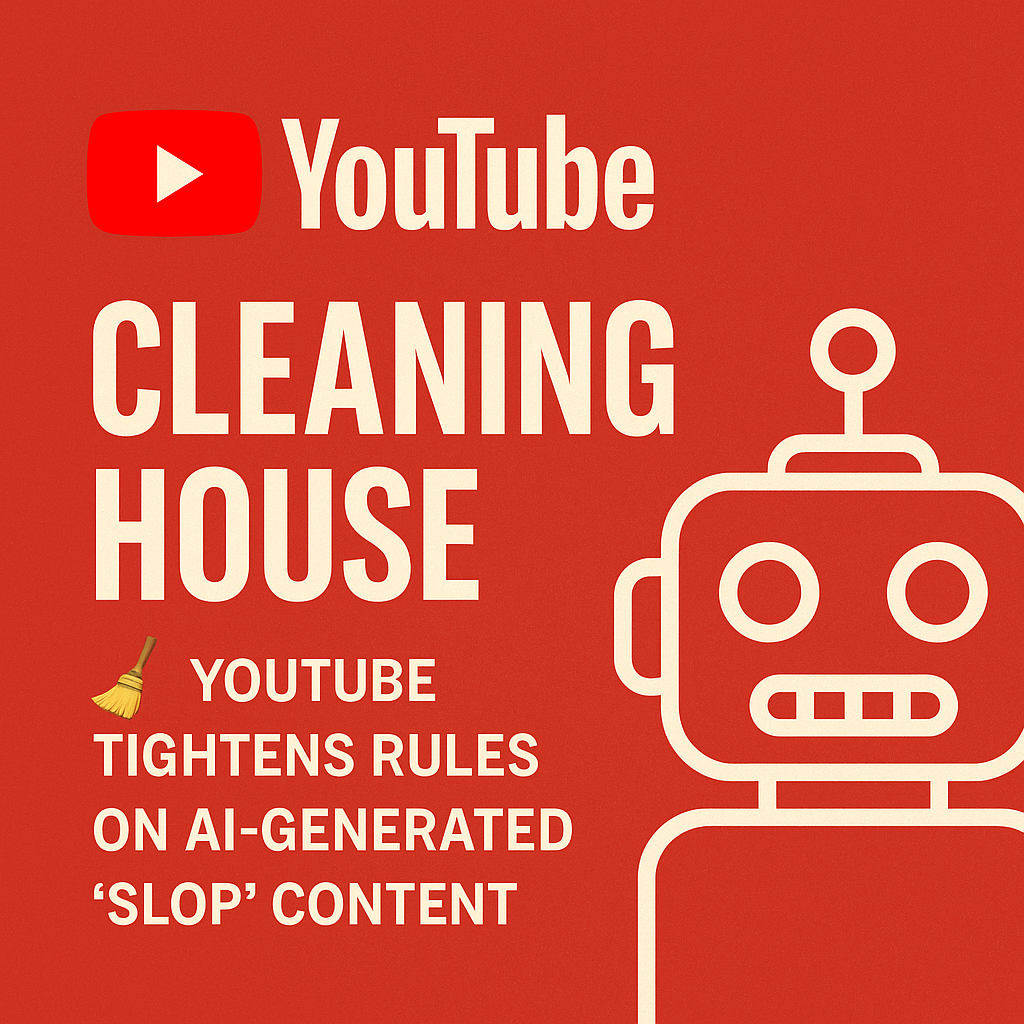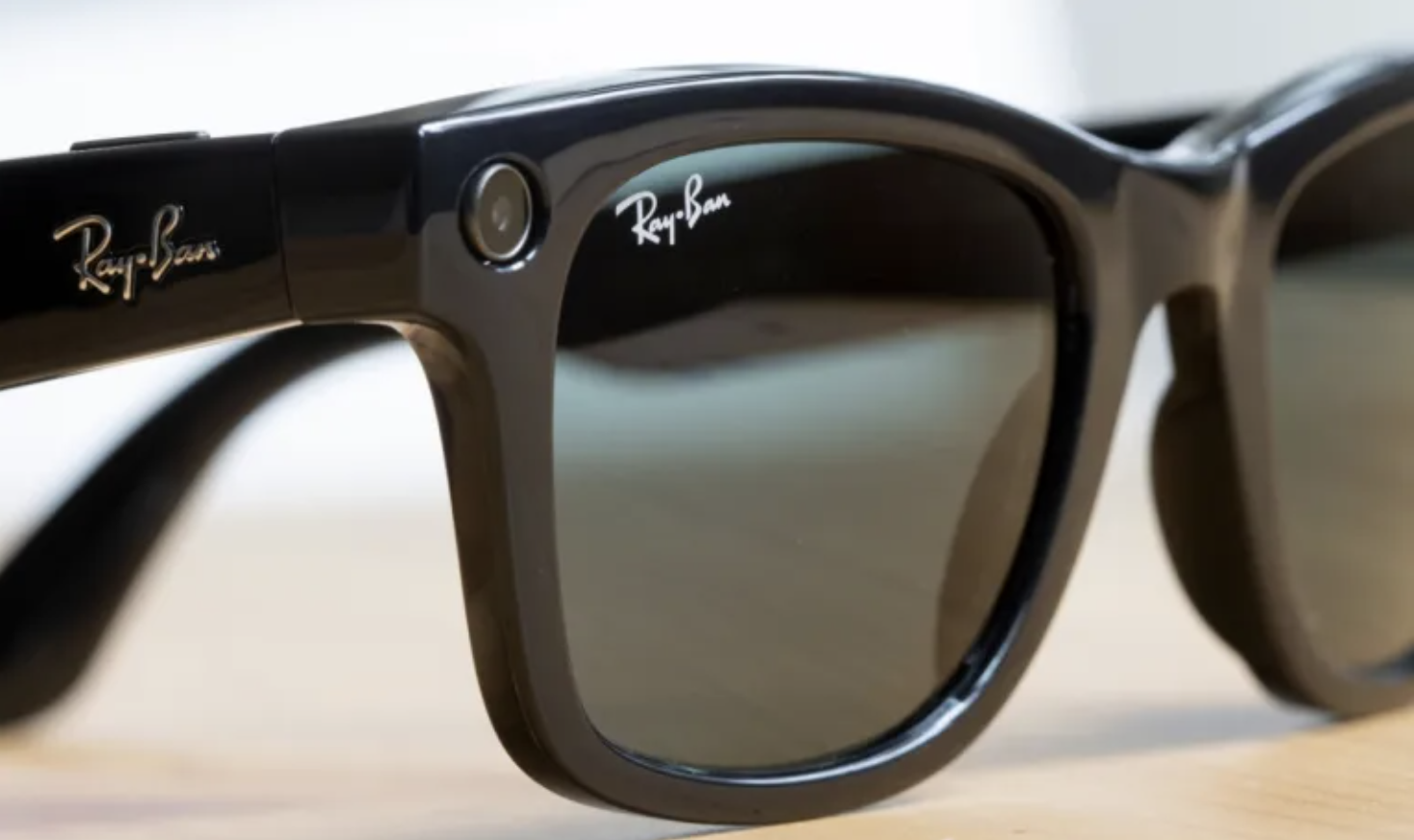As Donald Trump escalates his rhetoric around tariffs and trade wars, brands across sports, music, entertainment, alcohol, beauty, tech, gaming, and luxury fashion face a new wave of uncertainty. While tariffs are traditionally discussed in economic terms, their ripple effects extend far beyond pricing and supply chains—impacting cultural relevance, brand positioning, and consumer sentiment in profound ways.
The Fragility of Cultural Capital
For brands, cultural relevance isn’t just about selling products—it’s about shaping conversations, driving engagement, and building communities. Tariffs disrupt this equilibrium by forcing brands to rethink their partnerships, pricing, and global market strategies. In industries reliant on cultural cachet—where perception is everything—this unpredictability is a dangerous game.
Music, Entertainment & Sports: A Collateral Cultural War
The music and entertainment industries are deeply intertwined with global trade. Merchandising, touring, streaming, and even the availability of musical instruments and production equipment are all vulnerable to tariff hikes. If Trump's policies trigger retaliatory measures from key markets like Europe or China, artists and entertainment brands could face rising costs, regulatory hurdles, and strained international relationships.
Canada has already warned of the impact of tariffs on the live music industry, with the Canadian Live Music Association’s president and CEO, Erin Benjamin, highlighting the uncertainty caused by these threats. While acknowledging the risks, she also pointed to opportunities for the domestic music scene, reinforcing the importance of supporting local talent. Similarly, Spencer Shewen, artistic director of the Mariposa Folk Festival, noted that Canadian talent is becoming even more dominant in response to these trade disruptions. (rootsmusic.ca)
Sports brands, which thrive on cross-border sponsorships and global fan engagement, also risk disruption. If tariffs hit apparel and footwear—industries already navigating economic headwinds—companies like Nike, adidas, and Puma may pass costs onto consumers, affecting accessibility and eroding brand loyalty. Meanwhile, American sports leagues with international ambitions (such as the NBA and MLS) may face backlash if geopolitical tensions sour overseas market expansion.
Alcohol & Beauty: Luxury, Exclusivity, and Market Volatility
The alcohol and beauty industries thrive on perception. Luxury spirits and premium beauty brands are global status symbols, carefully curated to resonate across cultures. But tariffs on European imports—think Scotch whisky, Champagne, and premium fragrance houses—create pricing volatility that alters the aspirational appeal of these products. Trump’s recent threat of a 200% tariff on European wines, Champagnes, and spirits has raised alarms among U.S. importers and retailers, with industry leaders warning of drastic reductions in demand.
This isn’t just an economic issue; it’s a cultural one. If once-affordable luxury becomes unattainable, brand desirability could shift, opening the door for regional competitors to fill the void.
Luxury Fashion: The Price of Prestige
Luxury fashion is particularly vulnerable to tariffs, as it relies heavily on European craftsmanship and heritage. Iconic brands like Louis Vuitton, Chanel, Gucci, and Prada may face higher import duties on leather goods, handbags, and apparel. This could force them to either absorb the cost, reduce margins, or increase prices—potentially alienating aspirational consumers and affecting desirability.
A significant part of luxury fashion’s cultural relevance stems from its accessibility at various levels, whether through entry-level products like perfumes and accessories or high-end ready-to-wear collections. If tariffs disrupt this balance, the exclusivity that defines luxury could shift—creating an opportunity for emerging designers or locally produced alternatives to capture market share.
Additionally, the resale market—driven by platforms like The RealReal and StockX—could also be affected, as pricing adjustments ripple through the industry. This would impact not only luxury houses but also the broader ecosystem of influencers, stylists, and cultural tastemakers who contribute to brand storytelling and desirability.
Tech & Gaming: The Cost of Innovation
Tech and gaming are arguably the most exposed industries in this scenario. Manufacturing dependencies in China, Taiwan, and South Korea make hardware companies and gaming brands vulnerable to cost spikes. PlayStation, Xbox, and PC gaming brands may be forced to adjust pricing or delay product launches. Meanwhile, content creators—whose cultural influence extends beyond gaming into music, fashion, and film—may find sponsorship deals and brand collaborations disrupted as companies cut budgets in response to rising costs.
Analysis suggest that these tariff measures could lead to a 0.3% decrease in the U.S. GDP and a 0.2% reduction in the capital stock, reflecting potential declines in investment and economic growth.
The Brand Strategy Imperative
For brands navigating this turbulent landscape, staying culturally relevant requires more than just financial agility. The brands that will emerge strongest are those that:
Double Down on Localised Storytelling: Brands should pivot their marketing strategies to lean into regional narratives, ensuring resonance even if global trade frictions impact accessibility.
Strengthen Authentic Collaborations: Strategic partnerships with artists, athletes, and cultural icons can help maintain brand desirability despite economic uncertainty.
Emphasise Sustainability & Ethical Sourcing: In a world increasingly driven by conscious consumerism, brands that champion domestic production, sustainability, and ethical sourcing can turn trade challenges into opportunities.
Adapt Pricing & Accessibility Strategies: Flexible pricing models, exclusive drops, and creative bundling can help maintain consumer interest despite tariff-induced cost fluctuations.
Final Thought: Tariffs as a Cultural Test
Trump’s tariff threats aren’t just about economics; they’re a litmus test for brand resilience in an era of geopolitical and cultural flux. The most successful brands won’t just react to economic policy—they’ll shape their own narratives, ensuring they remain relevant, desirable, and culturally indispensable in a world that’s constantly shifting beneath their feet.
The question is: will your brand weather the storm, or will it become another casualty of cultural irrelevance?
